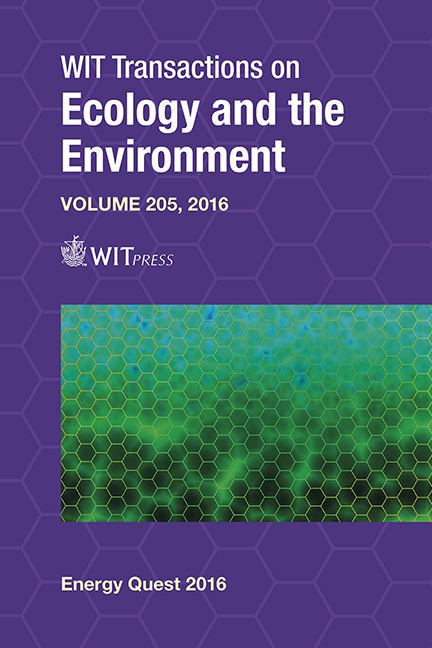Comparison Of Sodium And Calcium Based Sorbents For The Dry Treatment Of Flue Gas From Waste-to-energy Plants
Price
Free (open access)
Transaction
Volume
205
Pages
9
Page Range
291 - 299
Published
2016
Size
957 kb
Paper DOI
10.2495/EQ160271
Copyright
WIT Press
Author(s)
B. Zach, M. Pohořelý, M. Šyc, K. Svoboda, M. Punčochář
Abstract
This paper is focused on the properties of sodium and calcium based sorbents in relation to simultaneous dry flue gas treatment from SO2, HCl, NOx, solid particles and polychlorinated dibenzodioxins and dibenzofurans (PCDD/F). The most important differences between the two sorbent types are: the effect of temperature and moisture of flue gas on the sorption process, reactivity towards individual acid components in the flue gas (thermodynamic equilibrium and kinetics), and solubility of air pollution control residues. Also stoichiometric excess and mass of dosed sorbent is important for the comparison. The paper also presents new experimental unit for testing of complex flue gas treatment on catalytic filter elements. In this process, sorbent and reduction agent (for selective catalytic reduction of NOx) are dosed in the flue gas. Solid particles (fly ash and sorbent) form a filter cake on the surface of the filter elements. The flue gas has to pass through the filter cake where the acid components react with the sorbent. Subsequently, relatively clean gas continues to the catalytic layer of the filter element. On the catalytic layer, NOx is reduced by reduction agent (e.g. NH3) and PCDD/Fs are destroyed (oxidised) by residual oxygen in the flue gas. On this unit, simultaneous removal of SO2, HCl, NOx, solid particles and PCDD/F can be studied.
Keywords
dry flue gas treatment, waste-to-energy, simultaneous, dry sorption





